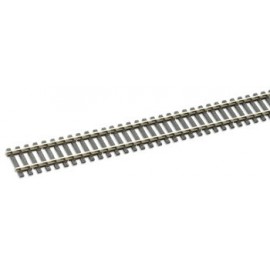There are a number of different options for attaching figures such as a horse and rider to a layout. Perhaps the...
No products
Product successfully added to your shopping cart
There are 0 items in your cart. There is 1 item in your cart.
Search Tips
What is a Maglev system and how does it work?
The word maglev is a portmanteau of 'Magnetic Levitation'. It is a type of transportation technology that uses magnetic fields to suspend and propel vehicles. It is a fascinating innovation that offers a smooth and efficient mode of transportation.
In a maglev system, the vehicles are designed with magnets on the bottom, which repel against magnets on the track. This repulsion creates a levitation effect, lifting the vehicle off the ground and eliminating the need for wheels or traditional tracks. This lack of physical contact between the vehicle and the track reduces friction and allows for higher speeds.
To propel the vehicle forward, the track is equipped with a series of electromagnets. These electromagnets are powered by electricity and are arranged along the track at regular intervals. As the vehicle passes over these electromagnets, they are energized, creating a magnetic field that pushes the vehicle forward. By alternating the polarity of the electromagnets, the vehicle can be propelled in either direction.
The control of the magnetic fields and the propulsion system is managed by a sophisticated computer system that ensures smooth and precise movement of the vehicles. This computer system constantly monitors and adjusts the magnetic fields to maintain stability and control the speed of the vehicles.
Maglev systems offer several advantages over traditional transportation systems. They can achieve very high speeds, with some systems reaching speeds of over 300 miles per hour. Additionally, they are quieter and smoother than traditional trains since there is no physical contact between the vehicle and the track. Maglev systems also have the potential to be more energy-efficient and environmentally friendly, as they do not rely on fossil fuels for propulsion.
It's worth noting that there are different types of maglev systems, with varying designs and technologies. Some systems use superconducting magnets, which require extremely low temperatures to operate, while others use electromagnetic systems that operate at room temperature. The specific design and technology used can vary depending on the country and the purpose of the Maglev system.
Overall, maglev systems are an exciting and innovative form of transportation that utilizes magnetic fields to achieve levitation and propulsion. They offer the potential for fast, quiet and efficient transportation and could play a significant role in the future of transportation infrastructure.
Click here to receive the tips weekly in your mailbox. You can unsubscribe at any time.








